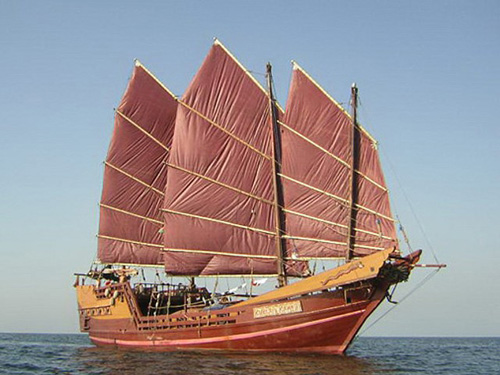pennant number: The Imperial Navy’s best attempt at a general purpose identification code for ships, other means having proven inadequate.
It is generally held that the true identifier of a ship is its name: that is, after all, what is written upon the hull, and with it travels the ship’s crest and other naval heraldry, figurehead, relics, and traditions. More importantly, the name itself travels with the spirit of the ship.
While this is definitive from the perspective of aelvaqor, this is unfortunately inadequate for administrative purposes. Eucharion’s Spear, for example, has in its time been a war galley (w/RG-14¹), two first-rate ships of the line (w/RL1-12 and w/RL1-56), two battleships (w/BB-4 and w/BB-82), a submarine battleship (w/BS-156), two star battleships (BB-6 and BB-183), and three star dreadnoughts (BD-47, BD-200, and BD-486).
A second form of identification is the hull number, assigned to the hull upon construction. Hull numbers consist of an alphanumeric designation for the graving dock in which the hull was constructed, followed by the serial number assigned by the dockmaster to that hull.
This, too, is inadequate for administrative purposes as it relates to the ship entire. Over the course of its life, a single hull may undergo several refits, which may alter many of the ship’s characteristics, even to the point of altering its type. Consider, for example, the case of Damaschira, who began her career as a Simélia-class destroyer (w/DD-1161), was later retyped along with the rest of her class as a destroyer escort (w/DE-2217), and finally was refit as a dedicated minesweeper (w/MS-141).
For this purpose, the pennant number² was devised. Assigned to a given ship (hull) when it is commissioned, along with its name, the pennant number is updated whenever the ship undergoes a significant refit³ and is never reused after the ship is eventually scrapped and passes its spirit and name to an heir, thus providing a unique designation for both the individual ship and its current set of capabilities and characteristics.
The pennant number consists of a type prefix (also known as the flag superior), identifying the type of the vessel, followed by a numerical suffix (the flag inferior), indicating the order in which the ship in question was commissioned as that type. A ship which is refit into a new type and then back into its original type acquires a new pennant number, unless the second refit is merely to restore its original class.
Small craft are not issued names or pennant numbers, and instead – for administrative purposes – use the pennant number of their mother ship with a numerical suffix indicating order of assignment. For communications, a flight number is used instead.
– Blackjacket’s Dictionary
Footnotes:
- Historically, not all ships were assigned pennant numbers at the time of commission. Type codes beginning with “R” indicate pennant numbers assigned retrospectively to ships of types which no longer exist. Similarly, both the wet navy and space navy use similar pennant number systems; where both are used in the same context, it is conventional to prefix wet navy pennant numbers with “w/”.
- Originally flown by wet navy ships by means of signal flags, hence the name and the names of its components. In later years, and by space navy ships, the pennant number is signaled by the ship’s transponder and used in tactical mesh packet headers.
- The definition of significant refit is somewhat ambiguous, but is traditionally held to include any refit sufficient to change the type, or even class, of the ship in question.

